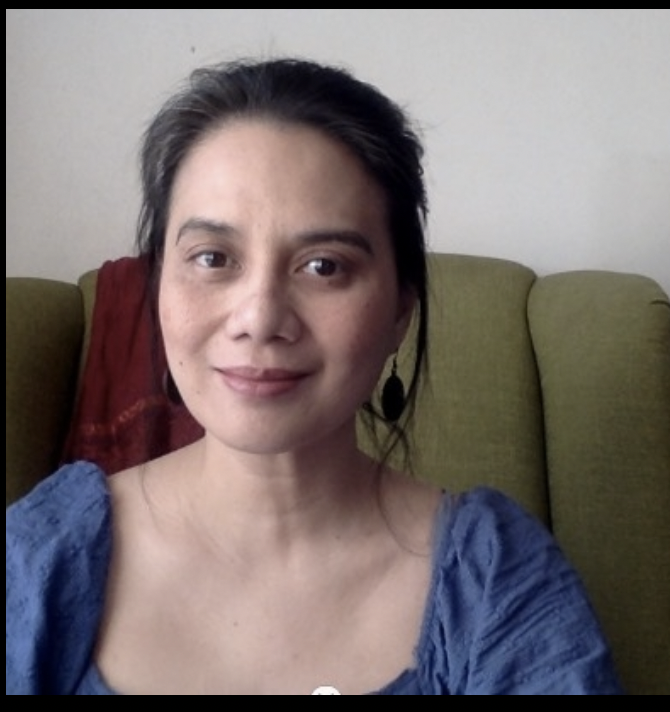That guttural voice
published 13 Oct 2007
Four years ago today, the Philippine Province of the Society of Jesus and the Office of the Ombudsman executed a memorandum of agreement to launch and institutionalize Ehem!-Aha!—an innovative and nationwide anti-corruption partnership “that integrates cultural sensitivity and understanding.” The program is alive and running.
Both organizations envision a graft-intolerant society, at a time when wrongdoings especially in government are perceived as systemic, endemic, and a given that must be lived with instead of being fought valiantly.
The project targets those who work in various government agencies—people who deal with the temptation of corruption on a daily basis. It does not matter if they are executives or humble clerks. It works as well for piña-clad decision-maker flanked with aides as it does for the employee who takes a jeepney and brings packed lunch to work.
The program is unique because it adopts a psychological and cultural approach to the problem of corruption. It complements the investigative and prosecutorial duties of the Office of the Ombudsman.
The presumption is that every individual has a conscience to begin with, in the fist place.
Stirring the superego
Why do we clear our throats deliberately even when there is no cough or irritation? It is a gesture to grumble, confront and resist an action which we feel in our guts is wrong. It is subtle, and yet not quite so. It is not scandalous, but it also conveys the message that we know something is amiss and that we don’t approve of it
This is exactly what Ehem! is all about. It is a workshop, conducted for two-and-a-half or three days, that approaches the problem of corruption from a very intimate, personal level. It’s a series of talks, discussions, readings and other activities that enables the participant to see what he does every day in relation to the bigger picture. It helps a participant identify areas of vulnerability (for dishonest deeds) in the workplace. It makes him gauge, more or less, what stuff he is made of with how he responds to such temptations.
Ehem! has four modules, and the program facilitators make sure the participants progress from one module to the next without skipping anything. Any gaps could translate to weaker will or create other vulnerabilities.
The first module is Experience. Here, participants are made to experience corruption as a reality. It is there in the workplace, it is present everywhere. It is acknowledging the existence of the problem as opposed to denying it or downplaying it.
Then, the causes and consequences of the problem are scrutinized in the Analysis module. The next process, Reflection, looks at the forest, so to speak, and deals with the cultural value systems that reinforce and perpetuate corruption. Involvement and the commission or prevention of it is discussed.
Last, the module on Action intends to agitate the participants in a manner that will shatter their passive acceptance of the problem, the “that’s the way it has always been” mentality. And, on their own, they would want to actually do something.
Ehem! is never didactic. It does not preach. What this cultural sensitivity seminar does is to bank on the inherent integrity of each person, his conscience, to prod him to revolt against corrupt practices, no matter how well-entrenched they may be.
Now for the callous ones
While everybody has a conscience, some are more sensitive than others. There are consciences that are relatively easier to stir. Easier reminded of what’s right and wrong. Consciences that scream more loudly when faced with irregular acts.
On the other hand, there are those who have been immersed in the corrupt culture so long that they can still sleep soundly at night after having committed the most hideous betrayals of the public trust. What, then, to do, when their consciences have been muzzled or have become callous altogether?
Obviously, the more subtle Ehem! won’t work. And here is where Aha! comes into play.
Aha! is a mechanism for naming, shaming and going after (by prosecution) those who wantonly commit corrupt acts and don’t show any signs of acknowledging their wrongdoing. This part of the program centers on whistle-blowing to expose an anomaly and disclose a malpractice.
(Of course, we’ve had our share of bogus whistle-blowers who have taken us for a ride. These people have put personal gain, of money, fame or both, ahead of their basic responsibility to tell the truth. It’s a must we sift the sincere ones from the lot.)
The Filipino values of “utang na loob” and “pakikisama”—or at least their distorted versions—contribute a lot to the culture of just sitting there not saying a word even when one is privy to a lot of misdeeds. These “values,” as well as fear for their or their family’s safety and financial security, stop the would-be whistle-blowers from telling all that they know.
It doesn’t have to be this way. Evil is emboldened if it is not challenged. Evil is, in fact, strengthened by inaction. Corruption thrives in secrecy. Aha! intends to break the silence and the pattern of fear and beholdenness.
Not a lost cause
“There is hope,” says an official from the Office of the Ombudsman who is an active part of the Ehem! team. “That’s why we go through all this trouble. Our integrity as persons and as a people is intact. We just have to find it amid the rubble of material gain.”
The team conducts the workshops for public agencies as well as their partners, accredited non-government organizations. While it is busy doing the rounds of those in the procurement aspect of government operations, the team says it is open to any organization requesting that the seminars be held for their employees. If you believe in this method, and if you think your agency can use some fresh input, get in touch with the Community Coordination Bureau of the Office of the Ombudsman. They will be happy to come to you.
